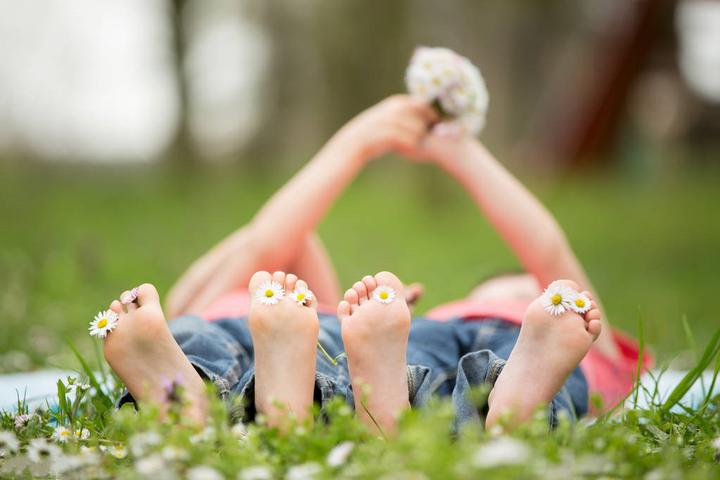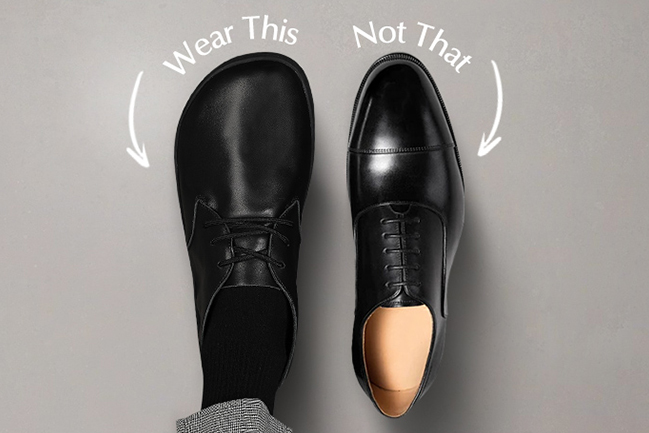There are many benefits to walking barefoot in a clean and safe environment.
Go barefoot to reduce pressure and release static electricity
According to the bioholographic theory, the soles of the feet are reflection areas for many internal organs and are called the “second heart” of humans. When walking barefoot, the stimulation of the soles of the feet by the ground and objects has a massage-like effect, which can enhance the sensitivity of nerve endings, quickly transmit signals to internal organs and cerebral cortex, and regulate the autonomic nervous system and endocrine system.
The Oregon Research Institute conducted an interesting study on walking barefoot. The researchers covered a special mat with pebbles, and 100 volunteers walked on the mat for one hour a day, three times a week. After 16 weeks of testing, experts found that almost half of the volunteers had significant improvements in their balance ability, and their blood pressure also dropped significantly. It can be inferred that barefoot exercise plays a very good role in disease prevention.
Another great effect of walking barefoot is to release excess static electricity stored in the human body. Our ancestors walked barefoot and touched the earth almost every day. Later, people put on shoes and were isolated from the earth, so that the static electricity accumulated in the human body could not be released, destroying the balance of the human body’s electrical energy.
In addition, frequently exposing your feet to fresh air and sunlight can also facilitate the secretion and evaporation of foot sweat, enhance peripheral blood circulation, improve resistance and cold tolerance, and prevent colds or diarrhea.
Running barefoot relieves impact
Researchers from Harvard University and other institutions in the United States investigated the foot strike of long-term runners in the United States and Kenya. It was found that those who run in shoes for a long time mostly land with their heels first, while those who often run barefoot mostly land with their forefoot first.
Studies have found that when the heel strikes the ground first, even when wearing cushioned running shoes, the impact force on the foot can reach 3 times the body weight. However, when the forefoot touches the ground first, the impact force will drop to only 60% of the body weight due to the effective buffering by tendons and joints such as the ankle. Because the long-term effects of this impact can lead to fatigue fractures or plantar fasciitis, researchers believe a forefoot strike is healthier.
For barefoot people, they know better how to contact the ground when running, and they can more sensitively modify their muscle movement patterns to adapt to various situations that occur during exercise. Barefoot exercise can free people’s toes, allowing them to stretch more flexibly and grip the ground more tightly, thereby improving the stability of the entire leg from the ankle to the hip during exercise.



